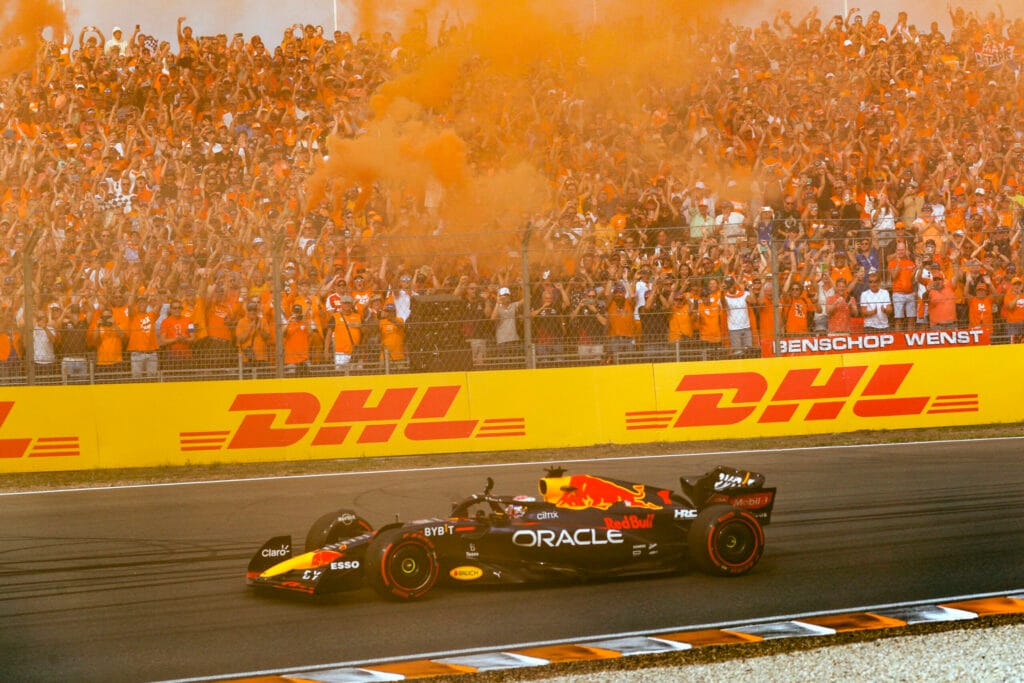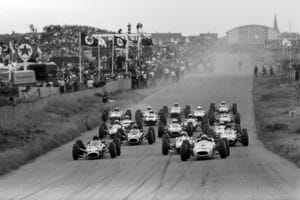The countdown to the Dutch GP has begun. In an eight-part series, we’ll be highlighting a unique story about the Grand Prix of the Netherlands each day. Today, part 6, we delve into some fascinating figures about this Dutch Grand Prix.
Organizing the Dutch Grand Prix is a monumental task, with a history dating back to its Formula 1 debut in 1952. To give you an idea of what the race in the dunes of Zandvoort entails, here are some facts and figures.
4
Jim Clark still holds the record for the most victories at Zandvoort. The Scot has won there four times.
325
The number of marshals ensuring safety on and around the track during the Dutch Grand Prix is 325. 250 are stationed along the circuit, 60 in the pits, and 15 in support.
45,600 Temporary Bicycle Parking Spaces
Around the circuit, 45,600 temporary bicycle parking spaces have been set up. At the various Park + Bike locations, there are 3,000 rental bicycles available.
18 Degrees Incline
The incline of the Arie Luyendyk curve is 18 degrees (32 percent).
522 Trains for Spectator Transport
Last year, during the three days of the Grand Prix, 522 trains ran back and forth between Amsterdam, Haarlem, and Zandvoort to transport spectators.
The Dutch Grand Prix: A Race of Numbers
The Dutch Grand Prix consists of 72 laps, amounting to a total race length of 306 kilometers and 587 meters.
The First Official Grand Prix of the Netherlands
The first official Grand Prix of the Netherlands, which counted towards the Formula 1 World Championship, was held on Sunday, August 17, 1952. The winner of this historic race was Alberto Ascari.
For a comprehensive overview of all the numbers related to the Dutch Grand Prix, please refer to our Zandvoort story bundle.
Now available in stores and for digital order (with free delivery in the Netherlands): our double-thick summer package with the regular edition & the Dutch GP Special! Featuring a mid-term report by Tom Coronel, an interview with Max Verstappen, and a feature on how King Willem-Alexander secretly learned to race!


